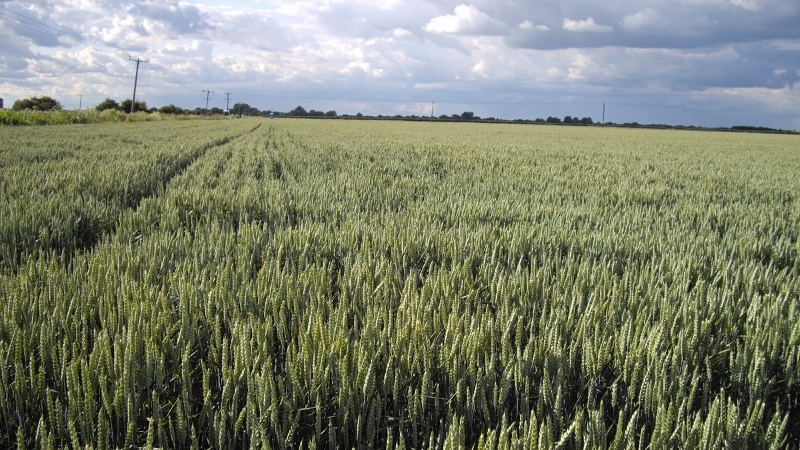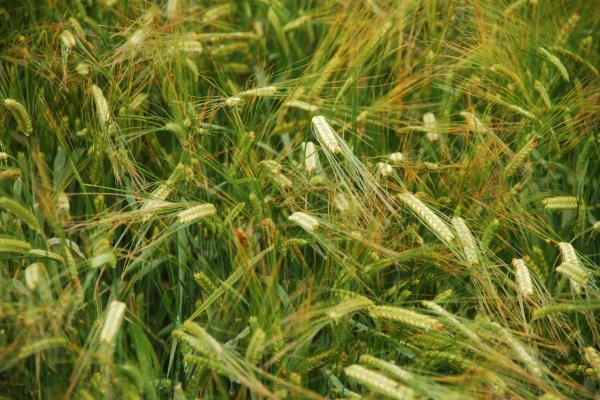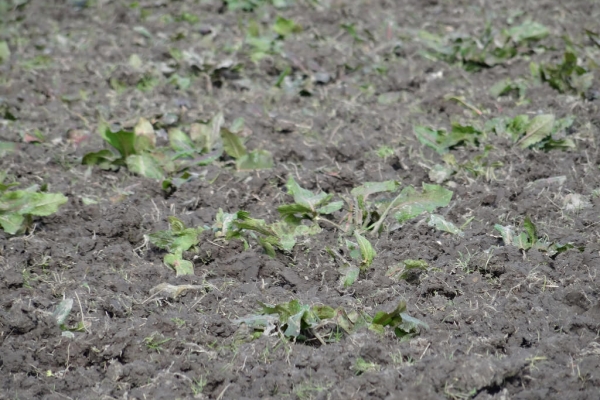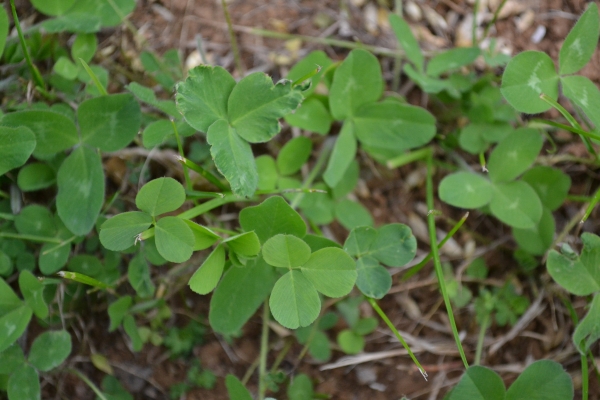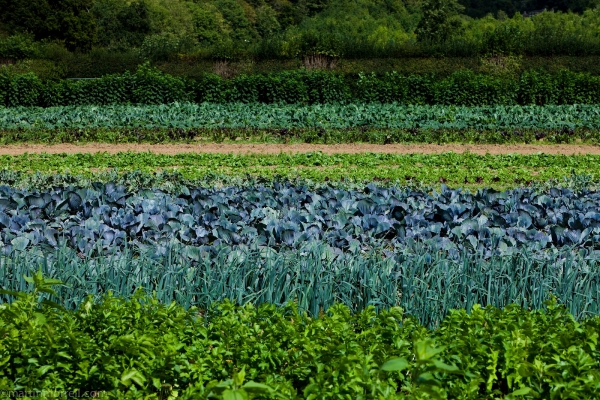Organic Arable Production: Rotations
Factsheet
Resource explained
This document outlines how crop rotations can help to build soil fertility, meet the nutritional requirements of a sequence of crops, limit the spread of diseases, control weeds and break pest lifecycles, thereby reducing the need for chemical interventions such as herbicides, pesticides and artificial fertilisers. Various principles are considered in establishing a rotation and so the rooting depth, weed susceptibility and nutritional requirements of each crop must be considered. This document provides an overview of these principles and includes some example rotations.
Findings & recommendations
- Crop rotations help to build soil fertility and meet the nutritional requirements of a sequence of crops
- They also help to limit the spread of diseases, control weeds and break pest lifecycles
- For some soil-borne diseases, rotations with a sufficient break between susceptible crops are the only effective control
- Livestock can be included in a crop rotation to help with the fertility-building phase
- Generally the following principles should be applied when planning a crop rotation:
- Shallow-rooted crops follow deep-rooted crops
- High root-mass crops follow low root-mass crops
- Weed-susceptible crops follow weed-suppressing crops
- Nitrogen-demanding crops follow nitrogen-fixing crops.
- Many rotations include the use of green manures to help build fertility, provide cover and prevent nutrient leaching. They may need to be topped before being ploughed in
- Rotations should be designed with the soil type in mind; not all systems will suit all situations
Related articles
How to control arable pests and diseases organically; develop healthy soil and natural predator habitats for healthy, pest-free plants.
Guidance from the OK-Net Arable project on managing perennial weeds through using suitable machinery and techniques, focusing on stubble cultivation.
A factsheet with useful tips to help you assess and plan grass and legume ley rotations; includes rules, examples and management guidance.
This abstract explores how the organic practice of using grain legumes in crop rotations to help supply nitrogen can be applied on non-organic farms.
Practical recommendations for improving soil phosphate (P) availability for your crops; maintaining levels and maximising on P inputs.
This Soil Association PDF provides an overview of what you may need to take into consideration when planning rotations for field crops.
